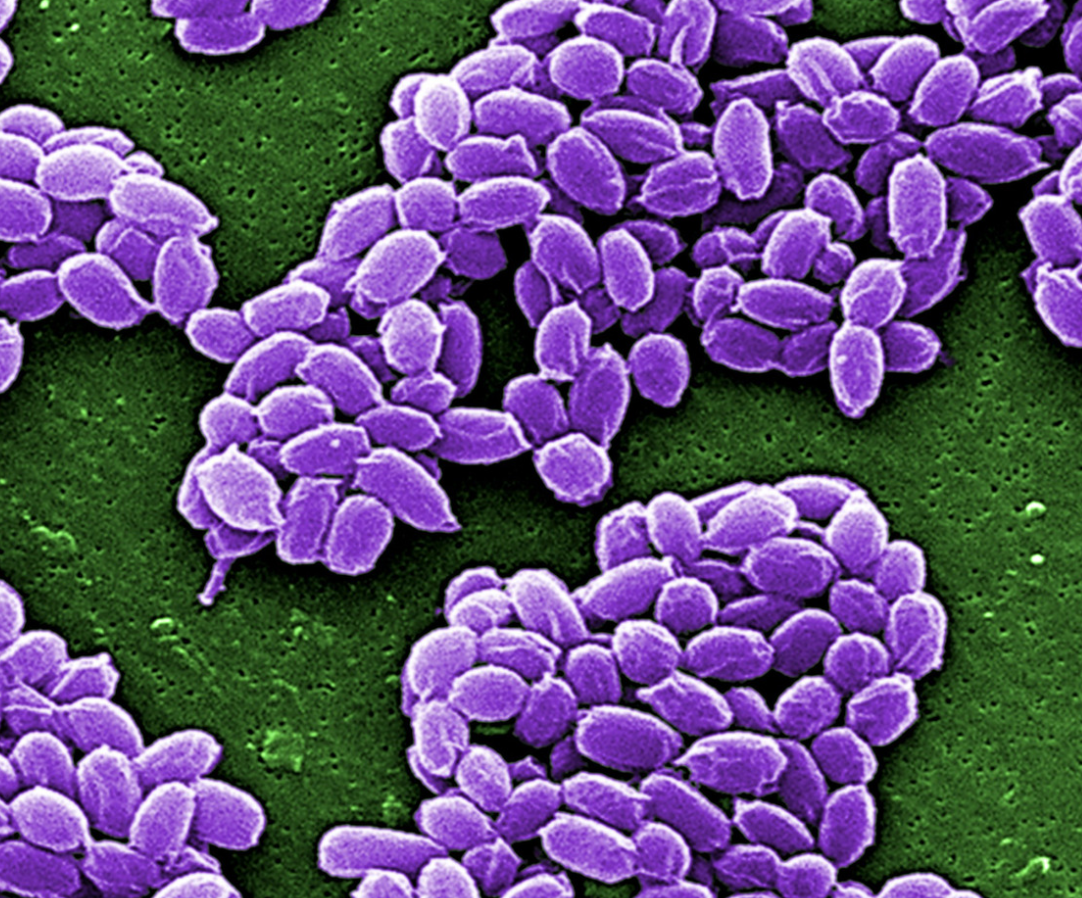Identify The Enemy: Inspect Your Home For Signs Of Mold Growth
Unfortunately in many homes an unwanted guest can lurk. Mold is a formidable enemy for any homeowner. The key to stopping this intruder begins with the first and most critical step: identification. Inspecting your home and identifying potential areas that could foster and harbor mold growth is essential to effectively mitigating the problem. Vigilance on the part of the homeowner can alleviate the frustration and the costs associated with combating large mold infestations. Problematic areas tend to be damp, dark, and lack proper ventilation. Often it is the lesser visited areas of the home where mold tends to take hold, such as basements, attics, and crawl spaces. Visible signs of water damage and a musty odor are the tell-tale signs you have uncovered mold growth in your home.
Know Your Enemy: What Causes Mold Growth In Your Home?
Mold spores are everywhere, as they are a natural occurrence and play a critical role in the environment. Mold growth becomes problematic when its spores enter your home and find the proper conditions to flourish. The essential ingredient for mold colonization is moisture. Common building materials like wood provide the food sources, similarly to that in nature. Those dark, damp nooks and crannies in your home can present favorable conditions for mold to flourish. Even the smallest leak can foster a detrimental mold infestation.
Prevention is Key: What To Do To Prevent Mold Growth
Prevention is the best method to control cost mold infestations within your home. Mold can damage the structure of your home and pose significant health risks for the occupants. So what can you do to thwart mold growth?
- Conduct routine inspections of your home and proactively address problematic areas. Water stains and discoloration are common indicators of leaks and moisture infiltration.
- Take the time to venture into your attic, basements, and crawl spaces to assess the current conditions.
- Keep trees and shrubbery in check to improve air circulation around your home. Remove decaying leaf litter as it commonly attracts mold to your home.
- Make sure water is properly moving away from your home. Effective slopes and drains are critical to lessen moisture.
- Inspect your roof for potential leaks. Vents and chimney flashings are common avenues for moisture to find its way into your home.
- Monitoring humidity levels in your home can be especially valuable in preventing mold growth.
Taking Up Arms: Effective Mold Removal Strategies
When attempting to battle on mold growth in your home, time is of the essence. Your effectiveness in eliminating mold in your home is predicated by how quickly you respond. Mold can spread rapidly, necessitating prompt removal. Follow these steps to remove mold from your home:
- Stop the moisture from entering your home. Whether it is a leaky pipe or leaky roof, remove the source of water.
- Increase ventilation, and lower indoor humidity using dehumidifiers and exhaust fans.
- Scrub and clean the afflicted area with household detergents or a solution of one cup bleach to one gallon of water.
- Remove items that can not be completely cleaned such as rugs and other porous materials.
- Dry the area thoroughly.
It is important that when taking on a mold removal project in your home to take the necessary precautions to protect yourself from harmful exposure to the mold.
When To Call In The Reinforcements: Professional Mold Remediation
Small, contained mold growth can often be handled by homeowners; however, some cases warrant professional mold remediation. As a general rule, professional services to combat mold should be utilized when:
- Mold growth in areas that exceed 10 square feet in size.
- Mold has contaminated HVAC systems.
- Mold and moisture was caused by sewage, contaminated water, or flooding.
The potential health hazards associated with mold colonization and the difficulties in removing large mold colonies, acquiring professional mold remediation services is the safest choice.
Winning the War for Good: Long-Term Mold Prevention Strategies
Winning the battle with a mold infestation can be gratifying, but it is essential for the homeowner to implement a clear and strategic plan to prevent future mold growth. Your long-term mold prevention plan should include:
- Regulating humidity levels with appropriate air conditioners or dehumidifiers. Humidity should be maintained at levels below 50 percent.
- Ensure your home ventilation system works properly and air moves freely throughout your home with the aid of exhaust fans.
- Complete routine inspections and maintenance to your home.
- Keep your home dry or remove items that may be wet or remain damp.
- Use cleaning products that can eliminate mold.
- Add mold inhibitors to your paint.
Taking immediate action and implementing a prevention program is critical to an effective mold growth prevention program. If you suspect you may have a mold problem, contact the experts at MSR Restoration and let our experts guide you to a safe and effective mold removal.

